Jumping into the sky over Estonia, British paratroopers train for a confrontation with Russia
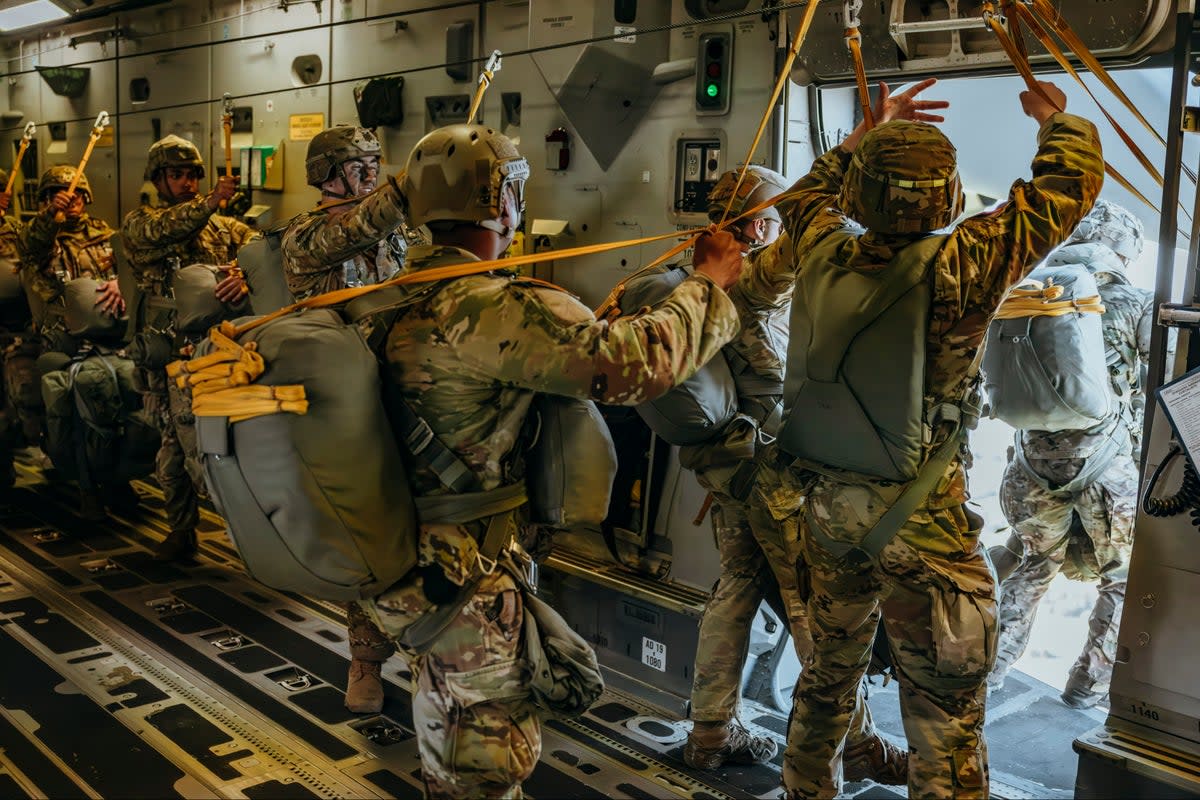
The paratroopers floated down after springing out of the C-17 Globemaster aircraft under a deep blue sky into swirling winds as they descended a thousand feet into a vast barren field before regrouping under treeline cover for the mission ahead.
The air assault by British and American forces is preparing troops for frontline combat as part of Nato’s largest ever exercise since the end of the Cold War, aimed at confronting Russia in a European security landscape fractured by the Ukraine War.
Britain’s 16 Air Assault Brigade and the US’s 82nd Airborne Division will be part of a rapid reaction force if the confrontation between the West and the Kremlin spirals into open conflict. More than 90,000 troops are engaged in military drills in seven countries ranging from the Baltic to the Balkans in preparation for this dire scenario unfolding.
After being pushed back following the initial invasion, Russian forces are on the offensive in the Donbas in Ukraine and attempting to open another front towards Kharkiv. Five villages have fallen near the country’s second city, with artillery and airstrikes hitting 30 other towns and villages.
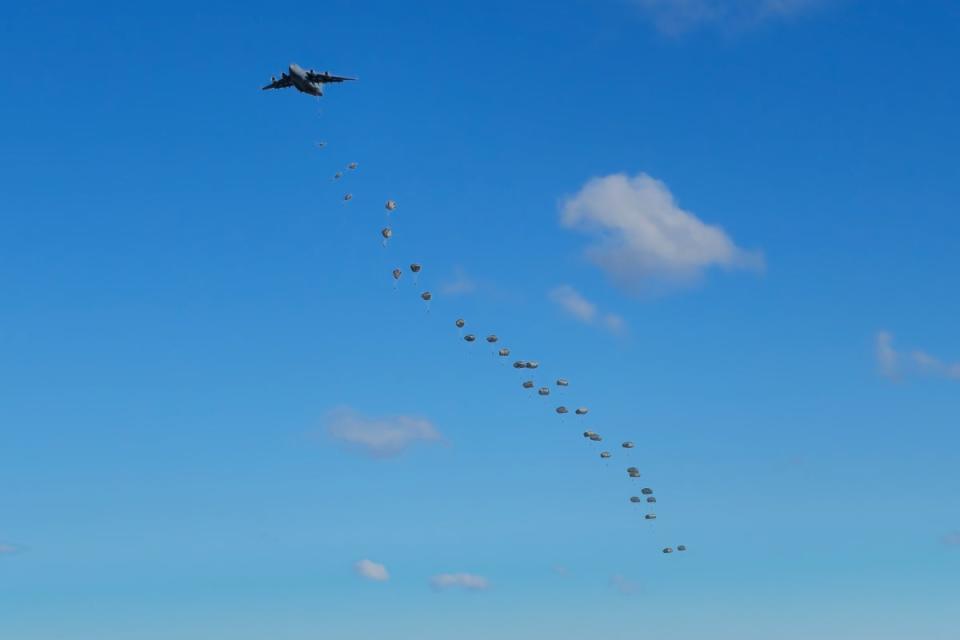
In Washington, White House national security spokesperson John Kirby acknowledged: “It is possible that Russia will make further advances in the coming weeks.” But he insisted that a new arms package being delivered to Kyiv after being passed by the US Congress would prevent any major breakthroughs.
Emmanuel Macron has raised the prospect of French and other Nato forces being deployed to help Ukraine – a move not backed at present by other member states. But Exercise Steadfast Defender, of which the British led Swift Response in Estonia is a key part, is honing tactics in case an emboldened Kremlin seeks to use its military muscle in other countries which were once part of the Soviet Union.
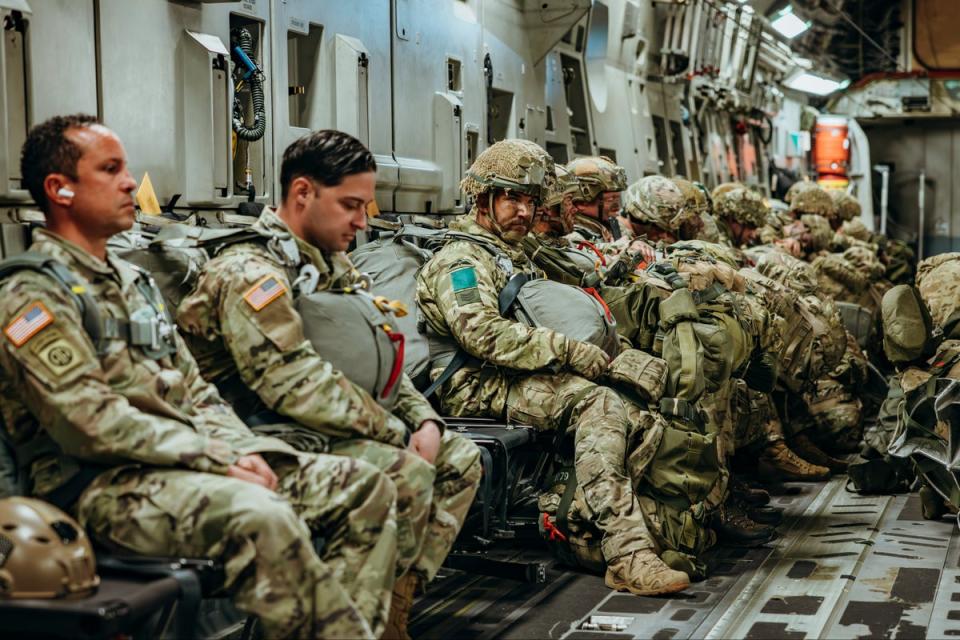
Brigadier Mark Berry, commander of the 16 Air Assault Brigade, wanted to stress that parachuting into combat remains an important and viable tactic. Speaking at Nurmsi, in north-central Estonia, where the air drop was taking place, he said: “I think it is an extremely realistic capability. Not only does parachuting have a role in a combat situation, it also has a role in terms of reaching difficult areas to access for humanitarian disasters as well as combat. It allows us to project force very rapidly. So it’s as relevant today, in the context of potential Russian invasion, as it has ever been. In fact, it is relevant in any combat situation anywhere in the world.”
Moscow has invested significantly in airborne forces in recent times. Four years ago, Russian paratroopers carried out the first ever Arctic parachute descent, using oxygen and jumping from an Ilyushin troop transporter at 30,000 feet. The troops then carried out a three-day mock battle in the icy fastness.
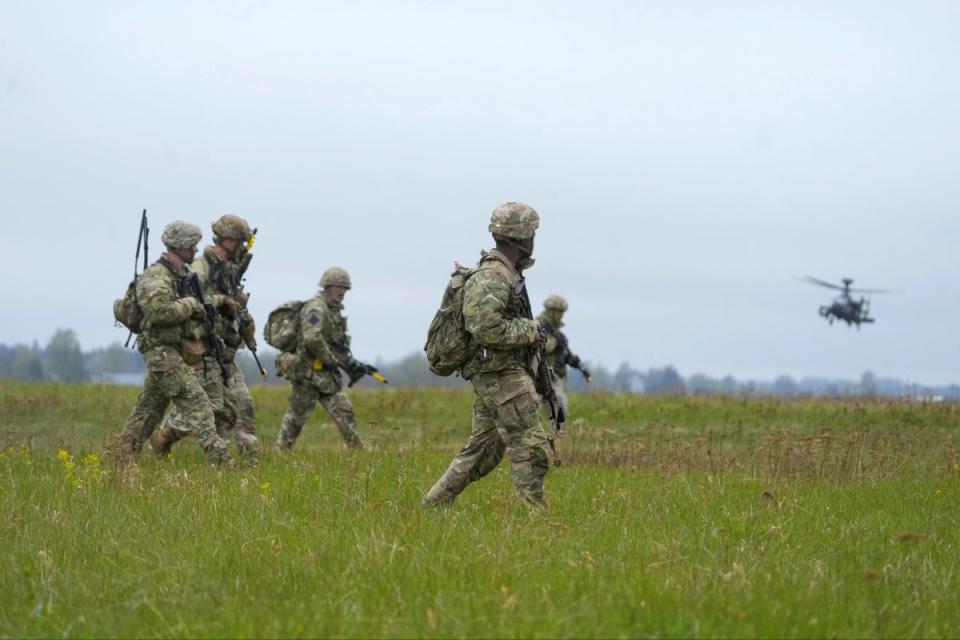
The feat was acknowledged by Western militaries, which also expressed alarm at what appeared to be plans for establishing further control in the High Arctic by the Kremlin. Since then, however, Russian airborne forces have suffered big losses in Ukraine – having to go into battle as infantry with inadequate fire support, with commanders using the elite troops to carry out human wave attacks in the Donbas and the south.
The last time British troops took part in an air assault in conflict was in 1956 when the UK, France and Israel attacked Egypt after the country’s leader, Gamal Abdel Nasser, nationalised the Suez Canal. Troops of the Parachute Regiment successfully captured a military airfield, and then destroyed coastal defences.
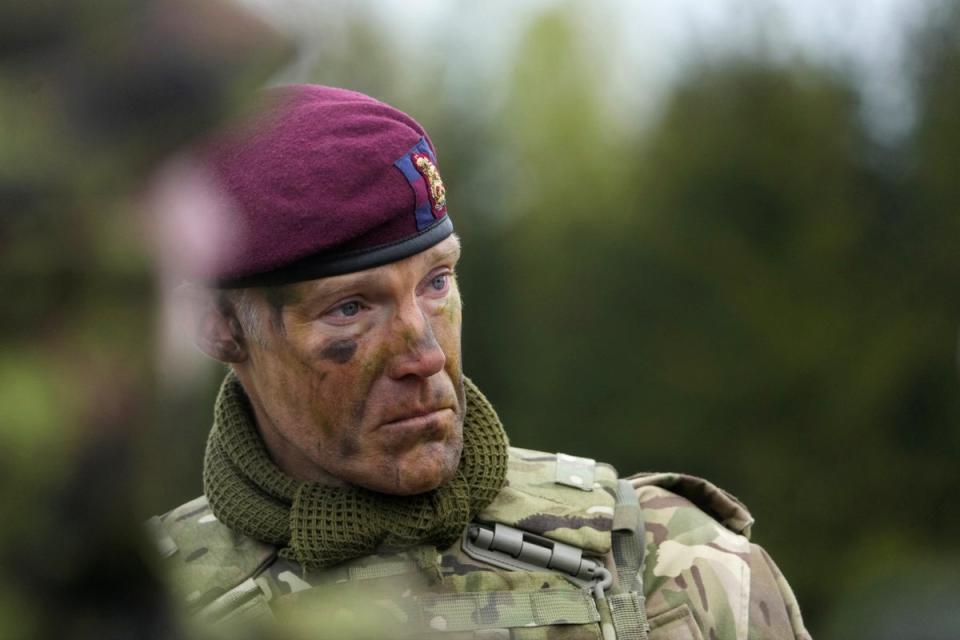
The three countries, however, were forced to withdraw their forces when US president Dwight Eisenhower, whose administration had not been informed about the attack on Egypt, organised a UN resolution condemning the invasion and then forced a ceasefire agreement.
Some of the British soldiers taking part in the jump in Estonia felt confident they would get a chance to show their skills in combat in the future.
Corporal Thomas Skeld, of the 3rd Battalion, Parachute Regiment, said: “I certainly hope, think, that is the case. That is what we have trained for. Air assault gives us the opportunity to carry out operations in a fast and agile way. We are a fit lot and we can go in carrying on foot, carrying our kit, after we get on the ground.”
Bombardier Ryan Shaves, of the Royal Horse Artillery, added: “It depends on what type of operation you’re going into, there’s every chance, I think, in a conventional operation. How will we do against Russia? I wouldn’t like to say whether we’d win or lose: but we are not on our own. We are a part of Nato. Our forces, together, are stronger than Russia’s.”


